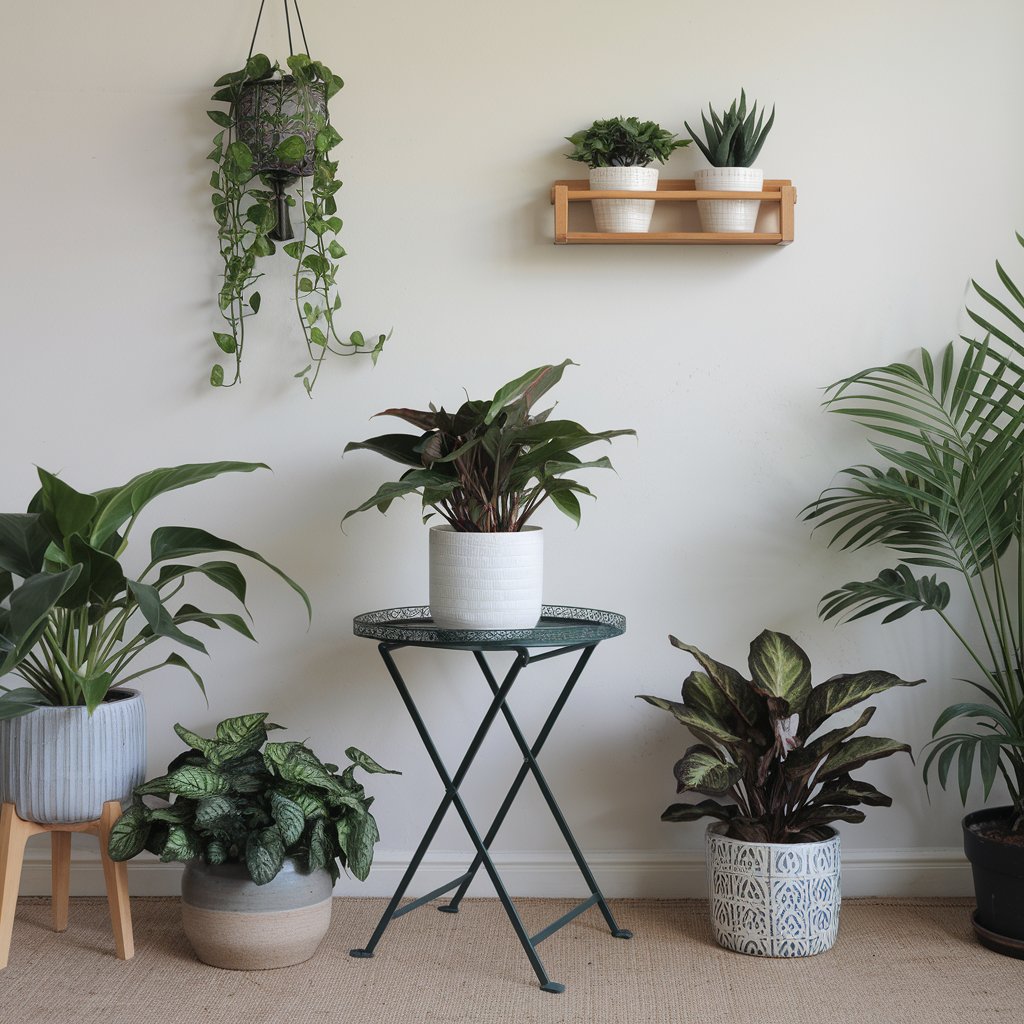Tulips are among the most beloved flowers in the world, known for their vibrant colors and elegant shape. Whether you’re a seasoned gardener or a floral enthusiast, growing tulips indoors can add a touch of sophistication and serenity to your space. From their historical significance to their aesthetic appeal, tulips (or “tulipanes” as they are called in Spanish) hold a special place in our hearts and homes. This guide will help you cultivate tulips indoors while exploring their spiritual significance and health benefits.
Why Grow Tulips Indoors?
Tulips bring a burst of joy and color to any indoor space. With varieties ranging from the classic red tulips to rare black tulips, there’s a shade and shape for everyone. Indoor tulips create a calming atmosphere, improve air quality, and add a touch of nature to your home. Plus, these stunning blooms symbolize love, hope, and renewal, making them perfect for creating a positive ambiance.
Choosing the Right Tulips for Indoors
When selecting tulips for indoor growth, consider:
- Colors and Varieties: Popular options include white tulips for purity, pink tulips for affection, and purple tulips for royalty. Rare varieties like black tulips or blue tulips add a dramatic flair.
- Bulb Type: Choose high-quality tulip bulbs that are firm and free from blemishes. Early-blooming varieties are ideal for indoor cultivation.
- Flower Arrangements: If you’re planning for bouquets, consider mixing tulip colors like yellow tulips with orange tulips for a cheerful display.
How to Grow Tulips Indoors
Growing tulips indoors requires the right preparation and care. Follow these steps to enjoy vibrant blooms:
1. Preparing the Bulbs
Tulip bulbs need a cold period to mimic winter conditions. Place your bulbs in the refrigerator for 10-12 weeks. Keep them away from fruits like apples that release ethylene gas, which can hinder blooming.
2. Choosing the Perfect Pot
Select a pot with good drainage to prevent waterlogging. Tulips prefer shallow pots, as their roots don’t grow very deep. Ensure the pot is at least 6-8 inches wide to accommodate multiple bulbs.
3. Planting the Bulbs
- Fill the pot with well-draining potting soil, leaving 2-3 inches at the top.
- Place the bulbs with their pointed ends up, ensuring they are close but not touching.
- Cover the bulbs with soil, leaving the tips slightly exposed.
4. Providing the Right Conditions
- Light: Tulips need bright, indirect sunlight. A sunny windowsill works well.
- Temperature: Keep the temperature between 60-65°F (15-18°C) to encourage blooming.
- Watering: Water the soil lightly, keeping it moist but not soggy. Overwatering can lead to bulb rot.
5. Supporting Growth
Once tulip shoots appear, rotate the pot daily to ensure even growth. As they grow taller, consider staking the stems to keep them upright.
Caring for Indoor Tulips
Proper care ensures your tulips stay vibrant for weeks:
- Fertilizing: Use a balanced, water-soluble fertilizer every two weeks during growth.
- Deadheading: Remove spent flowers to direct energy back to the bulb.
- Repotting: After the blooms fade, you can plant the bulbs in your garden for next year’s growth.

The Spiritual and Emotional Benefits of Tulips
Tulips are more than just beautiful flowers; they carry deep spiritual meanings and offer emotional healing:
- Symbolism: Tulips symbolize love, hope, and rebirth. White tulips signify forgiveness, while red tulips represent deep love.
- Mood Boosting: Surrounding yourself with tulips can reduce stress and anxiety, creating a peaceful and uplifting environment.
- Feng Shui: Tulips bring positive energy into your home, promoting balance and harmony.
Health Benefits of Tulips
While tulips are primarily ornamental, they can also contribute to your well-being:
- Air Purification: Tulips help improve indoor air quality by absorbing toxins and releasing oxygen.
- Natural Beauty: Their vibrant colors and graceful shape enhance mental clarity and focus.
- Herbal Uses: In some cultures, tulip petals are used in traditional remedies for skin care and relaxation.
Decorating with Tulips Indoors
Tulips can transform any room into a sophisticated haven. Here are some creative ideas:
- Tulip Bouquets: Combine tulip flower bouquets with greenery for a fresh table centerpiece.
- Vase Arrangements: Display pink tulips in clear glass vases for a minimalist look.
- Seasonal Decor: Pair yellow tulips with pastel colors for spring-themed decorations.

Common Problems and Solutions
Even with the best care, tulips may face challenges. Here’s how to address them:
- Drooping Stems: Ensure adequate sunlight and avoid overwatering.
- Fungal Issues: Use well-draining soil and clean pots to prevent mold.
- No Blooms: Check if the bulbs were properly chilled before planting.
Frequently Asked Questions About Indoor Tulips
Can tulips bloom year-round indoors?
Yes, with proper care and timing, you can force tulips to bloom indoors at any time of the year.
Are tulips toxic to pets?
Tulips contain compounds that can be harmful to pets if ingested. Keep them out of reach of cats and dogs.
Where can I buy tulip bulbs?
You can find tulip bulbs online or at local garden centers. Search for “tulips near me” to locate options nearby.
Conclusion
Growing tulips indoors is a rewarding experience that brings beauty, tranquility, and health benefits to your home. Whether you’re drawn to the elegance of white tulips or the vibrancy of red tulips, these flowers brighten any space and uplift your spirit. By following this guide, you can enjoy the timeless charm of tulips and create a serene indoor garden that reflects your personality.
So, why wait? Start planting tulips today and watch your home transform into a colorful oasis of joy and positivity!
For more tips on indoor plant care and propagation, check out Indoor gardening.




